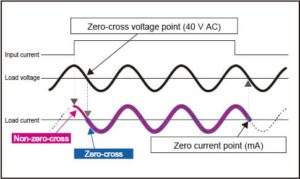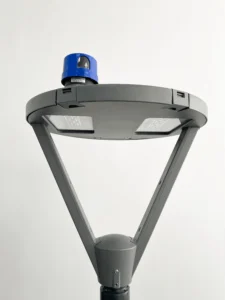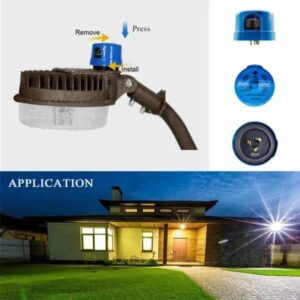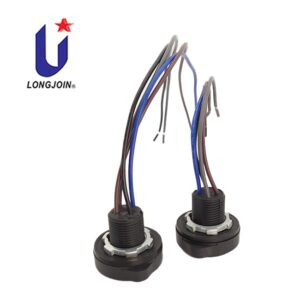JL-207 и JL-217: комплексное сравнение поворотных замков с фотоуправлением для интеллектуального наружного освещения
Представлять
In the evolving world of smart cities and intelligent infrastructure, outdoor lighting must change. It must be smarter, safer, and more energy‑efficient.. Photocontrols sit at the center of these systems. They are tiny but powerful. Using photoelectric sensors, they decide when lights turn on or off.
Shanghai Longjoin Electronics Co., Ltd. is a trusted name in photocell manufacturing. Its JL‑207 and JL‑217 series rank among the market’s most reliable options.But how do you decide which one is best for your specific outdoor lighting project?
This article will walk you through a full comparison in a Q&A format. It will simplify the technical specs and guide your decision step by step.
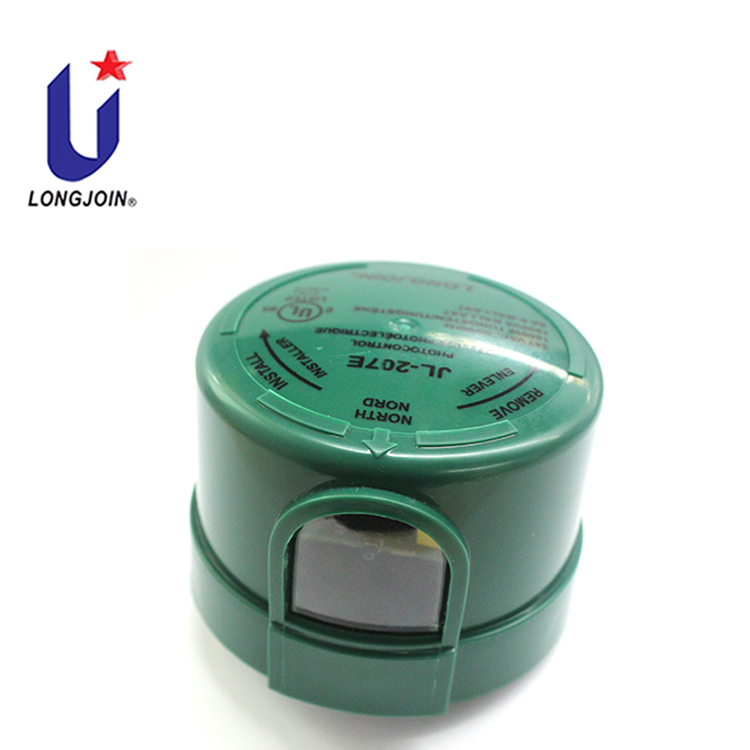
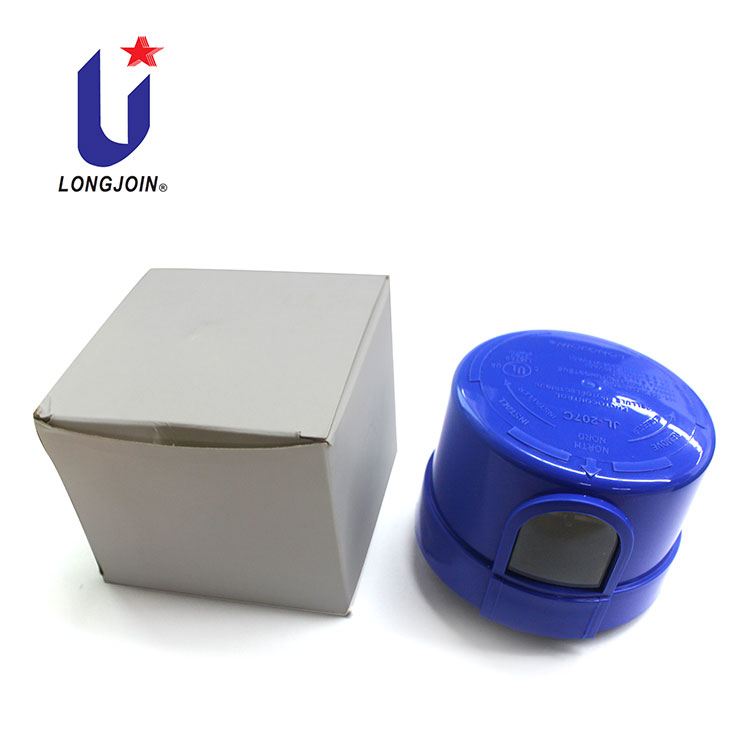
What Makes Photocontrols Vital for Smart Outdoor Lighting?
Imagine a city streetlight. It turns on at dusk and off at dawn, without any switch or timer. That’s the job of a light sensor photocell switch.
These devices use light sensors. They notice when the room gets brighter or darker. When the sun sets, the sensor turns the light on. When the sun rises, the sensor turns the light off. Simple, right? But the benefits go deeper:
- Энергоэффективность: No wasted electricity during daylight hours.
- Longer lamp lifespan: Controlled usage reduces wear and tear.
- Safer public spaces: Lights stay on when visibility is low.
The JL‑207 and JL‑217 both do the same job. But each is built for different needs and settings.
What Are the JL-207 and JL-217 Photocontrols?
First, learn what each model does best. Then, choose JL‑207 or JL‑217 with confidence.. Both models meet ANSI C136.10 и УЛ 773 standards. This ensures they are safe, high quality, and work with NEMA 3‑pin or 7‑pin photocontrol receptacles.


JL-207: Built for Customization and High Loads
The JL-207 is a flexible workhorse. It has several sensor types. You can choose CdS photocells or IR‑filtered phototransistors. The housing uses Polypropylene, Поликарбонат, or blends. And it handles higher power loads. Use this model for projects that need more design freedom. Choose it when environments are tough and demanding.
It works well in premium retail parks and commercial zones. It’s also great for large projects that need specific materials or custom sensors.
JL-217: Designed for Scale and Surge Safety
The JL-217, on the other hand, is built for standardization. It uses a fixed, infrared-filtered phototransistor to sense light. It also delivers surge protection up to 20 kV and 10 kA. This works best for governments, utilities, or contractors managing hundreds of lights. They need cost efficiency, reliability, and protection.
This model works best when you need consistent, tough protection. You trade off sensor customization for reliability.

How Do Their Technical Specifications Compare?
Specs can feel confusing, so we’ll make it simple. Check out their key features side by side.
These specifications can help you answer: “Which model fits my voltage needs, sensor preference, and power consumption limits?”
You might wonder: are these models that different under the hood? Let’s look at the numbers:
Особенность | Серия JL-207 | Серия JL-217 |
Номинальное напряжение | 120–277VAC / 347VAC / 480VAC | 120–277VAC / 347VAC / 480VAC |
Диапазон напряжения | 105–305VAC / 105–382VAC / 105–528VAC | Same as JL-207 |
Номинальная нагрузка | 1000W (Incandescent) / 1800VA (Ballast) | Same |
Потребляемая мощность | Standard: 0.5W; HP: 0.9W | Max 0.5W |
Sensor Options | CdS, IR-Filtered Phototransistor | IR-Filtered Phototransistor |
Рейтинг IP | IP54 / IP65 / IP67 (optional) | Same |
Housing Material | PP, PC, PP+PC | Same |
Режим отказа | Optional: Fail-On / Fail-Off | Same |
Zero-Crossing Control | Supported | Supported |
Полуночное затемнение | Supported | Supported |
Сертификаты | UL, CE, FCC, RoHS | UL, CE, RoHS |
Both models share a solid base. The JL‑207 stands out for customization, while the JL‑217 truly excels in protection and consistency.
Pro Tip: When you upgrade an old photocell LED street light, check the rated load first. Then make sure the housing fits before you order.
What Are Their Surge Protection Capabilities?
Surge protection plays a key role in outdoor lighting. It keeps lights safe in areas prone to lightning or power grid issues.
Let’s break it down.
Why Surge Protection Matters
When lightning strikes or the power flickers, a surge can fry parts. Sensitive components can burn out. Photocell control devices like the JL‑217 stand out. They do more than guard themselves. They also shield downstream systems like LED drivers and lighting modules.
JL-207 Surge Protection
The JL-207 also features built-in surge defense but focuses primarily on protecting the photo switch sensor inside. This is ideal in areas with few power spikes. It also works when extra surge arresters are already in place.
In places where storms roar or power cuts strike, the JL‑217 stands strong. It stays reliable and pays off over time.
JL-217 Surge Protection
The JL‑217 series offers 20 kV/10 kA surge protection. This level is advanced for its class. It covers the whole lighting system. It’s perfect for places that get frequent electrical storms.
Which Photocontrol Works Best for Your Application?
It depends on where you install each model. It also depends on what you want it to do.
Think About These Factors:
- Are you working in a high-power, high-spec project?JL-207 is your guy.
- Do you need consistent, low-cost units for urban-wide street lighting?Go JL-217.
- Do you prioritize surge protection over customization?JL-217 again.
- Want color and material flexibility? JL-207 leads.
City councils, industrial park planners, and EPCs rely on a clear decision‑making process when choosing a photocell lighting sensor supplier. This step is crucial.
What Are the Key Advantages and Limitations of Each Series?
Know the strengths and trade‑offs. This helps you make smarter purchase decisions.
JL-207 – Pros and Cons
Pros:
- Wide sensor selection (CdS and IR-based).
- More housing and color flexibility.
- Higher load support for industrial lighting.
Cons:
- Costs a bit more.
- Surge protection is limited to internal circuitry.

JL-217 – Pros and Cons
Pros:
- Better full-system surge protection.
- Cheaper per unit.
- Consistent design across large projects.
Cons:
- No option for sensor swapping.
- Basic housing design.
Still unsure? You can explore other models and lighting controllers to better match your infrastructure plan.
How Do You Choose the Right Photocontrol for Your Project?
Here’s a simple checklist to help:
Вопрос | Go with JL-207 if… | Go with JL-217 if… |
Do you need sensor variety? | ✔ | ✖ |
Do you want housing color/material options? | ✔ | ✖ |
Are you in a lightning-prone region? | ✖ | ✔ |
Is cost your primary concern? | ✖ | ✔ |
Do you want a higher-rated load? | ✔ | ✖ |
Remember, both models can be paired with NEMA 7-контактные розетки, dusk-to-dawn photocell sensors, or controller-intelligent lighting systems, depending on how smart your network needs to be.
Заключение
Still torn?
- Choose JL-207 if your lighting project demands tailored housing, sensor flexibility, or higher load capacity.
- Если вы ищете объемные и экономичные устройства с улучшенной защитой от перенапряжения для городского наружного освещения, выбирайте JL-217.
Both are smart choices from Longjoin, a leader in фотоэлементный выключатель innovation. Understand your site’s exact needs. Then you get the best value, performance, and lasting reliability.
To learn more, contact us or explore our full photocell range.
Внешние ссылки:
●https://www.acmeplastics.com/what-are-polycarbonates?srsltid=AfmBOorlCSxiOEMMpQPiRJOv1wK5fCn-6eZetsc4Nj86SzSPZNq5irgX
●https://en.wikipedia.org/wiki/Polypropylene
●https://www.ul.com/
●https://www.ansi.org/


